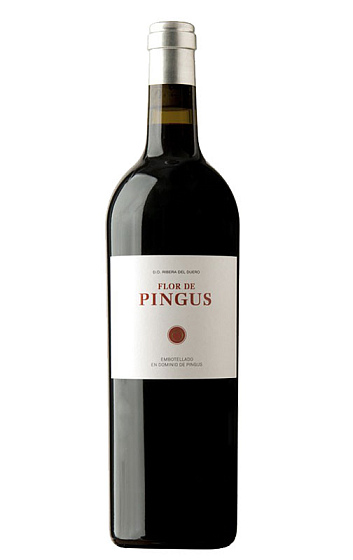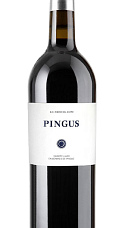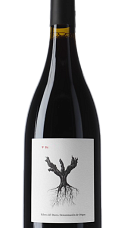Flor de Pingus 2018
Description
Comme d’habitude, chaque nouveau millésime de Flor de Pingus reçoit de superbes récompenses des critiques les plus prestigieux. Le frère cadet de Pingus atteint, vendange après vendange, des niveaux de qualité spectaculaires, personnifiant l’excellence de l’appellation Ribera del Duero. Subtil, fin, aux tanins très polis et aux arômes de fruits noirs mûrs, avec une touche épicée et minérale.
Fiche technique
Dégustation
Vignoble et élaboration
L'avis des experts
Like the rest of the wines, I tasted the bottled 2018 Flor de Pingus—which I tasted unbottled last year—next to the 2019 that will be bottled in June 2021, and it was great to see how the wines reflected the character of the two vintages. All of the estate vineyards are certified organic, and this is pure Tinta del País, the local strain of Tempranillo, from 40 hectares in five different locations (parajes) of the village of La Horra where the Pingus vineyards are also located. It fermented with natural yeasts and also natural malolactic and matured for 18 months in French oak barrels, 25% new. The day I tasted it, the wine was oakier than normal, but the amount of new oak is not higher than normal. The palate showed much better, with very fine and polished tannins. There is freshness, even red fruit and good balance. The oak should integrate with a little more time in bottle. 120,000 bottles produced. It was bottled in July 2020.
Peter Sisseck did a green harvest in his Flor de Pingus vineyards in 2018 to reduce the crop in what was often an abundant year. But the result is still a very graceful, scented expression of these La Horra vines, with no sign of over concentration. Benefiting from the reduction in new oak to 25% in recent years and the addition of 2% Garnacha for the first time, this is detailed, fresh and appealingly pure with silky tannins, succulent summer berry fruit and the palate length that's a feature of the Dane's winemaking style. 2022-28
A ripe, layered red with plum, black-cherry and some toasted oak. It’s full-bodied with rounded tannins, but there’s a lively edge to the wine as well. Subtle and fine. Sort of shy still. Drink or hold.










Millésimes: 2022 2021 2020 2018
Nos membres n’ont pas encore laissé de commentaires pour ce millésime. Cliquez sur les millésimes précédents pour accéder aux commentaires.
Mora y humo danzan en copa; en boca, fuerza y seda. Un susurro oscuro que se queda, noble y profundo ¡Excelente con queso viejo zamorano!
Para repetírrrrrrr